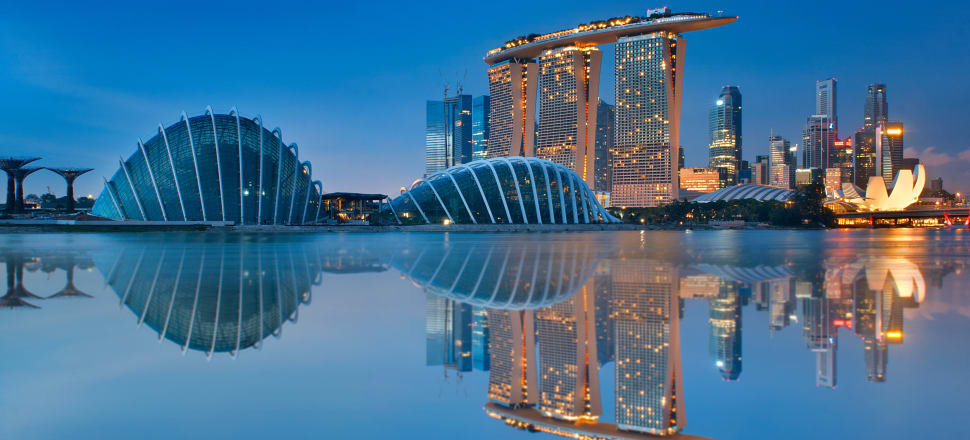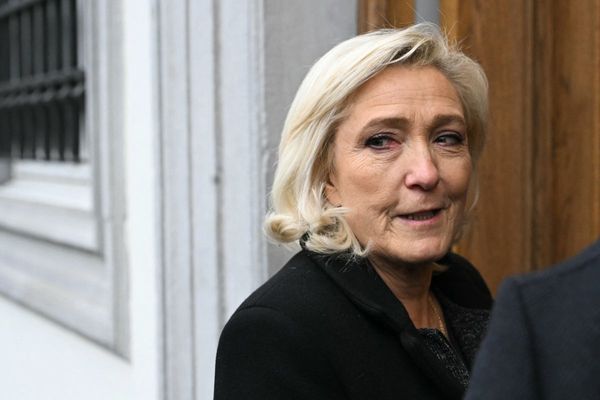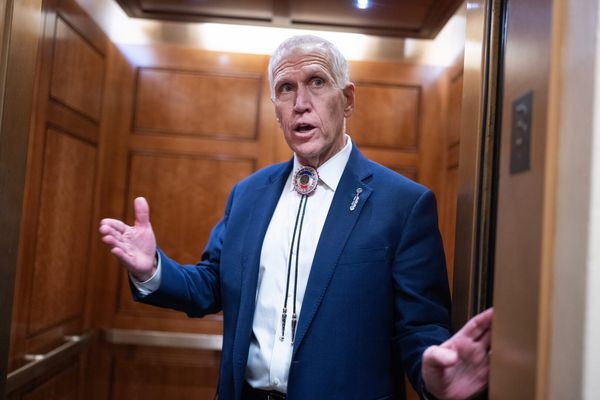
As the PM visits China and prepares to go to the EU, he should consider the merits of resilient multi-engagement, which Singapore has been rather adept at
Opinion: In the face of continuing global economic uncertainty and rising geo-political tension, what’s a small, open, trade-dependent nation in the Asia Pacific to do? This conundrum will be very much to the fore in the coming weeks as Prime Minister Chris Hipkins prepares to visit China and the EU including a stop in Vilnius for the Nato summit. He will have his work cut out managing the messaging from such a contrasting set of encounters.
New Zealand is not alone in navigating turbulent waters. Singapore’s people have long lived at the crossroads of Asia. Though quite different societies, Singapore and New Zealand share a long-held belief in the value of openness and the importance of multilateral rules and institutions, which help shield smaller players from the unwarranted actions of larger partners.
READ MORE:
* Aukus angst catches eye in election year
* Defence Minister: 'Independence is not isolationism'
* Anti-Aukus feeling growing at home
* Aukus engagement has more benefits than risks
Today, Singapore finds itself slap bang in the middle of an increasingly dangerous region. Singapore’s leaders are worried. In recent weeks they have been warning about the increasing risks and potential costs of the growing tensions between the US and China.
These tensions were well symbolised at the annual Shangri-la Dialogue and security talk-fest held in Singapore in June when the US Defence Secretary was unable meet with the (sanctioned) Chinese Defence Minister. Hopefully the constructive tone of this week’s meeting of Secretary of State Antony Blinken will lead to a calming of the waters.
Singapore and New Zealand are partners in security and trade. The Five Power Defence Arrangements have brought us together in a co-operative military framework since 1971. In the economic sphere we have co-operated actively to bring down barriers to trade and investment and put in place better trade rules. Our first Free Trade Agreement was signed in 2002 – only New Zealand’s second FTA, after CER with Australia. Today we have no less than six co-existing, complementary trade agreements with Singapore.
Singapore and New Zealand are founder members of the precursor agreements to the Comprehensive and Progressive Trans-Pacific Partnership (CPTPP). This has been purposefully designed as an “open plurilateral”, meaning it is open to accession by others who can meet its high standards. Today the UK is poised to join, and China, Chinese Taipei, Ecuador, Costa Rica, Uruguay and now Ukraine, have all deposited applications.
New Zealand is taking its turn as chair, and the annual ministerial will be held in Auckland on July 15-16. China’s accession would be a very big deal, not that it would give Singapore or New Zealand anything by way of additional market access – both have upgraded FTAs already in place. But Chinese accession would serve to anchor China more deeply into the framework of trade rules in the region.
Other members may not be so ready to welcome China to the fold, but if the original promise of the partnership is to mean anything at all, the agreement must continue to evolve. Concluded some years ago its core disciplines need updating to take account of more recent developments. Not to expand it through new accessions or to deepen the agreement through updated commitments risks consigning this great enterprise to an uncertain future.
It’s no surprise that Singapore and New Zealand are participants in the US-led Indo-Pacific Economic Framework (IPEF), which relies on collaborative mechanisms to foster co-operation among the 14 members. Rather than removing tariffs, the framework seeks to make progress in other areas such as trade facilitation, supply chain resilience, the digital economy, decarbonisation, anti-corruption and labour rights. An early outcome, its Supply Chain Pillar, was announced in Detroit last month. That agreement is light on commitments and heavy on committees, but if it does some good, then so much the better.
What’s security got to do with it?
What do all these agreements tell us about the way to manage great power rivalry? Trade and security are at best mutually supporting. Singapore's Prime Minister, Lee Hsien Loong, has said, “These [economic] groupings are not mutually exclusive. They have varying memberships, and often overlap with one another. Not every country needs to be in every group. But collectively, the different groupings build a resilient and interlocking network of cooperation among countries in Asia.” The Indo-Pacific Economic Framework therefore need not be seen as a rival to the Trans-Pacific Partnership but, although our American friends may differ, just one of a number of pieces in the jigsaw.
Singapore's Deputy Prime Minister, Lawrence Wong, extends this idea saying “the ASEAN [Association of Southeast Asian Nations] way to uphold peace and stability in our region is to engage with all the major powers, (avoiding) exclusive commitments with any single party”.
He describes this approach as “not so much passive non-alignment, but more about active multi-engagement.” This is not a million miles away from New Zealand’s “independent foreign policy”. As Foreign Minister Nanaia Mahuta told the recent New Zealand Institute of International Affairs conference: “We engage with a broad range of global partners. We look to expand our points of commonality, minimise our points of difference, and advocate strongly for approaches that reflect our interests and values. An independent foreign policy requires nothing less."
Avoiding entanglement
In New Zealand there has been much discussion about whether New Zealand might, if invited, join the non-nuclear component or “second pillar” of the Australia-United Kingdom-United States (Aukus) Security Alliance. No invitation has yet been forthcoming, and no decisions have been taken. Very little detail is available about what the second pillar might entail, beyond the possibility of the sharing of non-nuclear technology. Several security academics have talked positively of this, seeing the opportunity to maintain military interoperability with Australia as our only formal ally, as well as other partners with whom we are closely aligned.
In times like these, New Zealand, like Singapore, needs to proceed carefully and avoid unhelpful entanglement in its relationships with competing super-powers. Membership in Aukus’s second pillar, if it were to come to that, may disturb this delicate balancing act. It is one thing to cooperate, as we do already, with multiple partners; it is quite another to associate with a military alliance directed at our largest trading partner.
As the Prime Minister packs his bags for an important overseas trip, he would do well to reflect on the merits of resilient multi-engagement. The trouble with delicate balancing acts is that they are, well, delicate. New Zealand has interests to both advance and defend. Singapore certainly doesn’t have all the answers, but dancing to our own tune requires a certain amount of dexterity at which our Singaporean friends have shown themselves quite adept.
Stephen Jacobi is Executive Director of the NZ International Business Forum. These are his own views.







